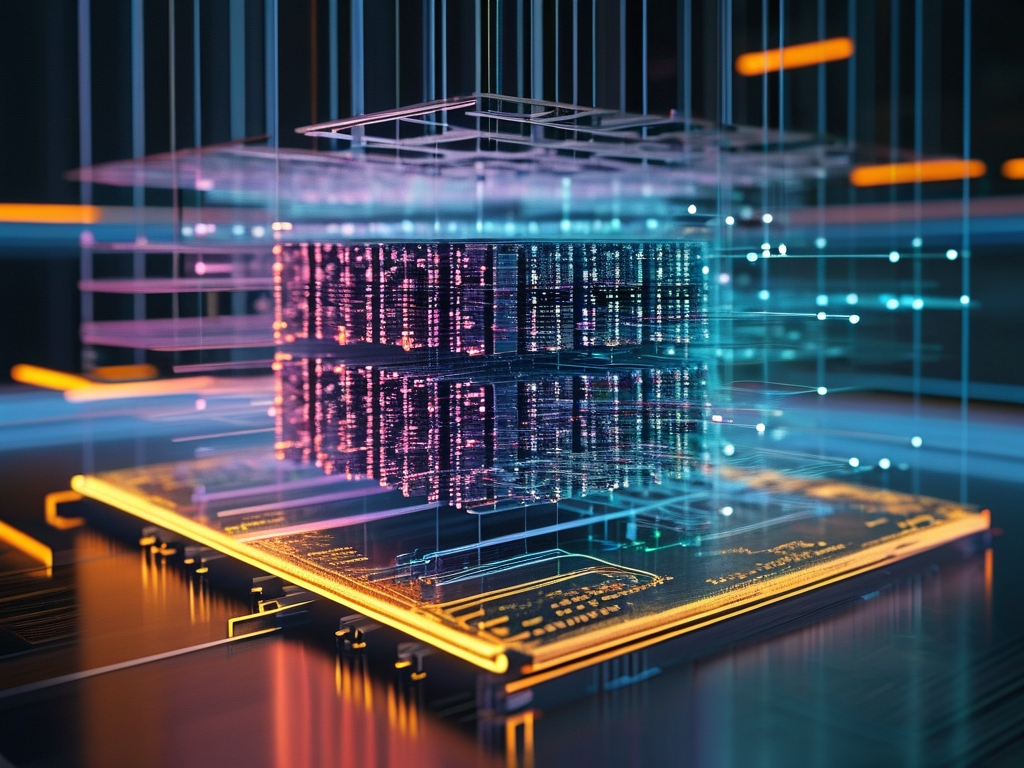Quantum computing has emerged as a paradigm-shifting technology, with its memory architecture playing a pivotal role in processing capabilities. Unlike classical computers that rely on binary bits (0 or 1), quantum memory operates using qubits, which exploit quantum superposition and entanglement. This article explores how quantum memory calculates and manages data, shedding light on its unique mechanisms and challenges.

The Foundation of Quantum Memory
At its core, quantum memory stores information in qubits. These qubits exist in a superposition of states, enabling them to represent multiple values simultaneously. For example, a single qubit can encode both 0 and 1 at the same time, while two entangled qubits can represent four states collectively. This parallelism forms the basis for quantum memory’s exponential computational power.
To "calculate" in quantum memory, operations are performed via quantum gates, which manipulate qubit states. A critical aspect is maintaining coherence—the fragile quantum state that allows qubits to retain information. Environmental interference, such as temperature fluctuations or electromagnetic waves, can cause decoherence, leading to data loss. Thus, quantum systems often require near-absolute zero temperatures and electromagnetic shielding to function reliably.
Measurement and Error Correction
One unique challenge in quantum memory calculation is the measurement process. Observing a qubit collapses its superposition into a definite state (0 or 1), destroying quantum information. To address this, algorithms like Shor’s error correction encode data across multiple qubits, allowing errors to be detected and corrected without directly measuring individual states. For instance, a logical qubit might be distributed across nine physical qubits, creating redundancy to safeguard against decoherence.
Quantum vs. Classical Memory Workflows
In classical computing, memory accesses follow deterministic pathways—data is retrieved or modified sequentially. Quantum memory, however, leverages quantum parallelism. A single operation can affect all possible states of a qubit simultaneously. For example, Grover’s algorithm uses this property to search unsorted databases in O(√N) time, far outperforming classical O(N) approaches.
A practical illustration involves solving optimization problems. Quantum annealers, like those developed by D-Wave, use qubits to explore multiple solutions at once. The memory “calculates” by tuning qubit interactions to find the lowest energy state, which corresponds to the optimal answer.
Hardware Implementation Challenges
Building quantum memory requires overcoming significant engineering hurdles. Superconducting circuits, trapped ions, and photonic qubits are leading hardware approaches, each with trade-offs. For example, superconducting qubits (used by IBM and Google) operate at microwave frequencies but demand complex cooling systems. Photonic qubits, while more stable at room temperature, face challenges in entanglement scalability.
Additionally, quantum memory addressing differs from classical systems. Instead of memory addresses, qubits are manipulated via laser pulses or microwave signals. This requires precise calibration to avoid crosstalk—unintended interactions between adjacent qubits.
Future Directions and Applications
As research progresses, hybrid systems combining classical and quantum memory are gaining traction. These systems offload specific tasks (e.g., cryptography or molecular simulation) to quantum processors while relying on classical infrastructure for control and error management.
One promising application is quantum machine learning, where quantum memory accelerates pattern recognition by processing high-dimensional data in parallel. Another is quantum-enhanced cryptography, where qubits enable unbreakable encryption through quantum key distribution (QKD).
Quantum memory calculation redefines how information is processed, offering unprecedented speed for specialized tasks. While challenges like decoherence and hardware scalability persist, advancements in error correction and hybrid architectures are paving the way for practical implementations. As the field matures, quantum memory could revolutionize industries ranging from pharmaceuticals to artificial intelligence, unlocking solutions to problems once deemed intractable.

